You might be spending a lot on serums and creams, but the real secret to glowing, hydrated skin is in your kitchen. Most people try to fix dry skin with products on the outside. But the truth is, your skin gets dry from the inside first.
Here’s what skincare brands don’t tell you: staying hydrated with certain fruits works better and is much cheaper than most products. Since your skin is about 30% water, if that level drops, no cream can fully fix the problem.
There are 5 proven fruits that fill your skin cells with water, antioxidants, and nutrients that boost collagen. Each one helps a different cause of dry and dull skin.
You’ll see which fruits work best, the right time to eat them, and how to make a simple daily routine. Real hydration starts inside your body, and these 5 fruits can give you softer, brighter, and healthier-looking skin in just 2–4 weeks.
Why Your Skin Needs Internal Hydration
Your skin is 30% water. When you don’t drink enough or eat water-rich foods, your skin shows it first. Think of your skin like a grape that turns into a raisin.
Most people attack dry skin from the outside. They buy expensive creams and serums. But here’s what happens: you put moisture on top while your skin stays thirsty underneath.
Internal hydration works differently. When you eat hydrating fruits, the water goes straight to your skin cells. It fills them up from the inside out. This creates that plump, bouncy feeling you want.
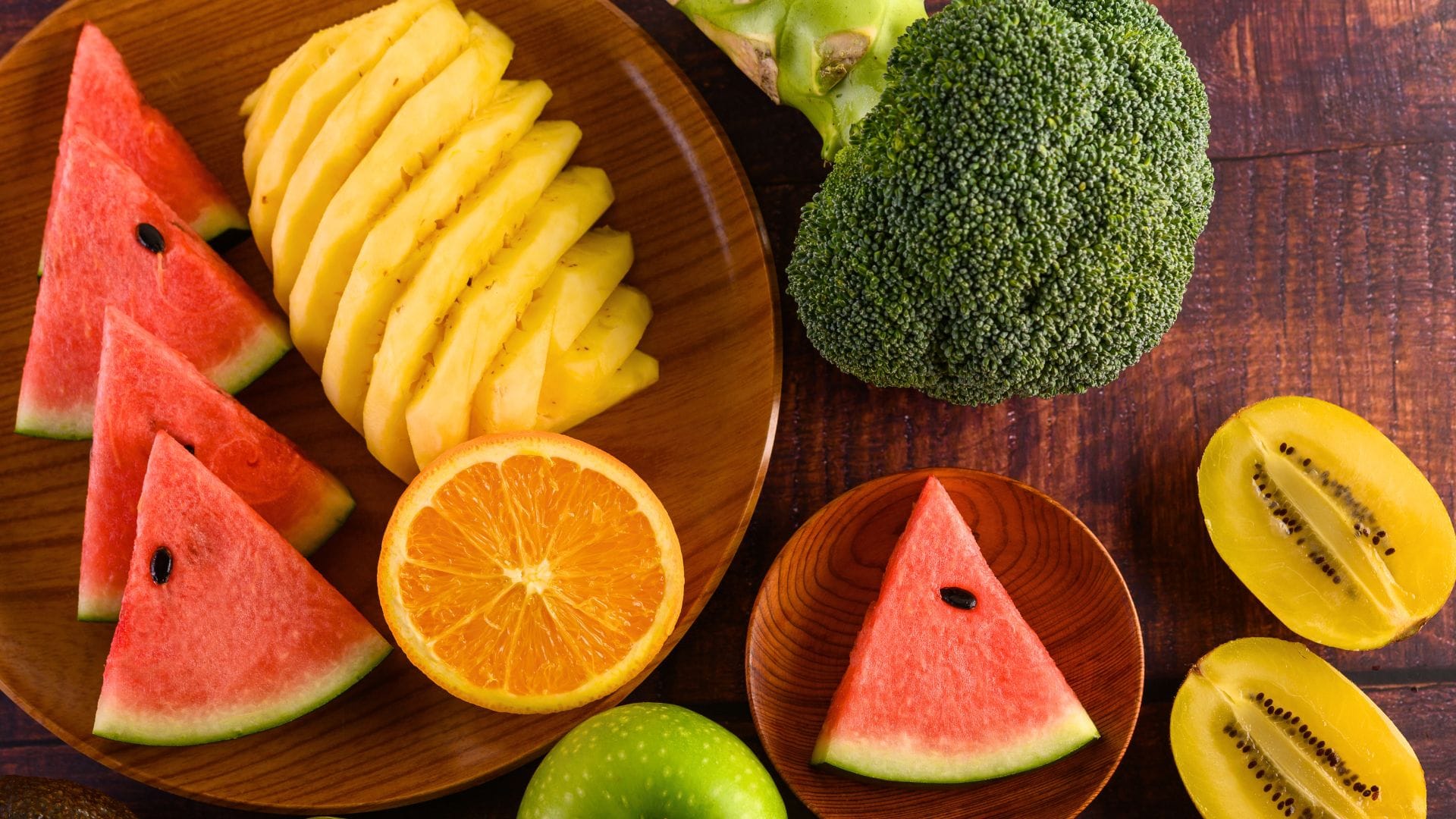
Here’s the scary part: 75% of people walk around dehydrated every day. They don’t even know it. When your body doesn’t have enough water, it takes it from your skin first. Your organs need water more than your face does.
Dehydration hits your skin hard. It can reduce skin elasticity by up to 20%. That means more wrinkles and sagging. Your skin also becomes dull and tight.
The fix isn’t complicated. Hydrating fruits do two jobs at once. They give your skin water and antioxidants. These antioxidants help your skin hold onto moisture longer. Vitamins like C help build collagen, which keeps water locked in your skin cells.
This is why some people glow from within while others look tired despite using every product in the store.
The 5 Best Hydrating Fruits for Skin
Watermelon: The Ultimate Hydrator
Watermelon is 92% water. That’s more than most drinks you buy at the store. But water alone won’t fix your skin problems.
This fruit packs lycopene, the same stuff that makes tomatoes red. Lycopene protects your skin from damage while keeping it soft. It’s like having a bodyguard for your face.
Here’s what most people don’t know: watermelon contains amino acids that help your body make collagen. Collagen keeps your skin bouncy and firm. Without it, you get wrinkles and sagging.
Eat watermelon in the morning for best results. Your body absorbs the nutrients better on an empty stomach. Evening snacking works too, but morning gives you more energy.
Stick to 2 cups daily. That’s about 4 thick slices. More won’t hurt you, but it won’t help your skin more either.
One study tracked people who ate watermelon daily for 4 weeks. Their skin hydration increased by 23%. That’s like getting a professional facial treatment just from eating fruit.
The best part? You’ll see changes in your skin within 10-14 days. Your face will feel less tight and look more plump.
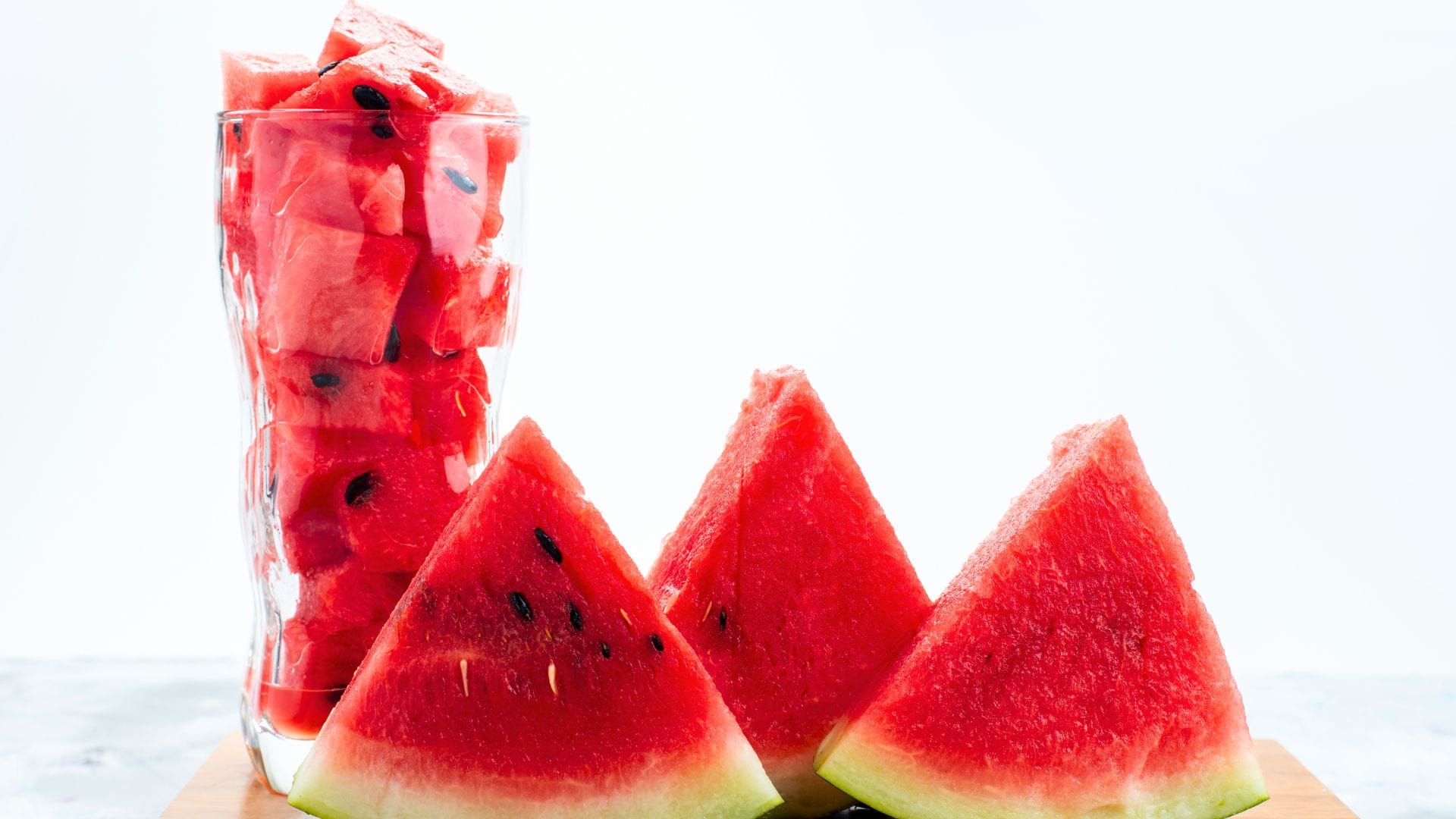
Cucumber: The Cooling Moisturizer
Cucumbers are 95% water, but that’s not their superpower. They contain silica, a mineral that builds strong skin structure. Think of silica as scaffolding for your face.
Most anti-aging creams try to add silica from the outside. Eating cucumbers gives your skin this mineral from the inside. It works better and costs way less than fancy serums.
Cucumbers also calm inflamed skin. If your face gets red or irritated easily, this fruit can help. The cooling effect isn’t just in your head – it actually reduces inflammation.
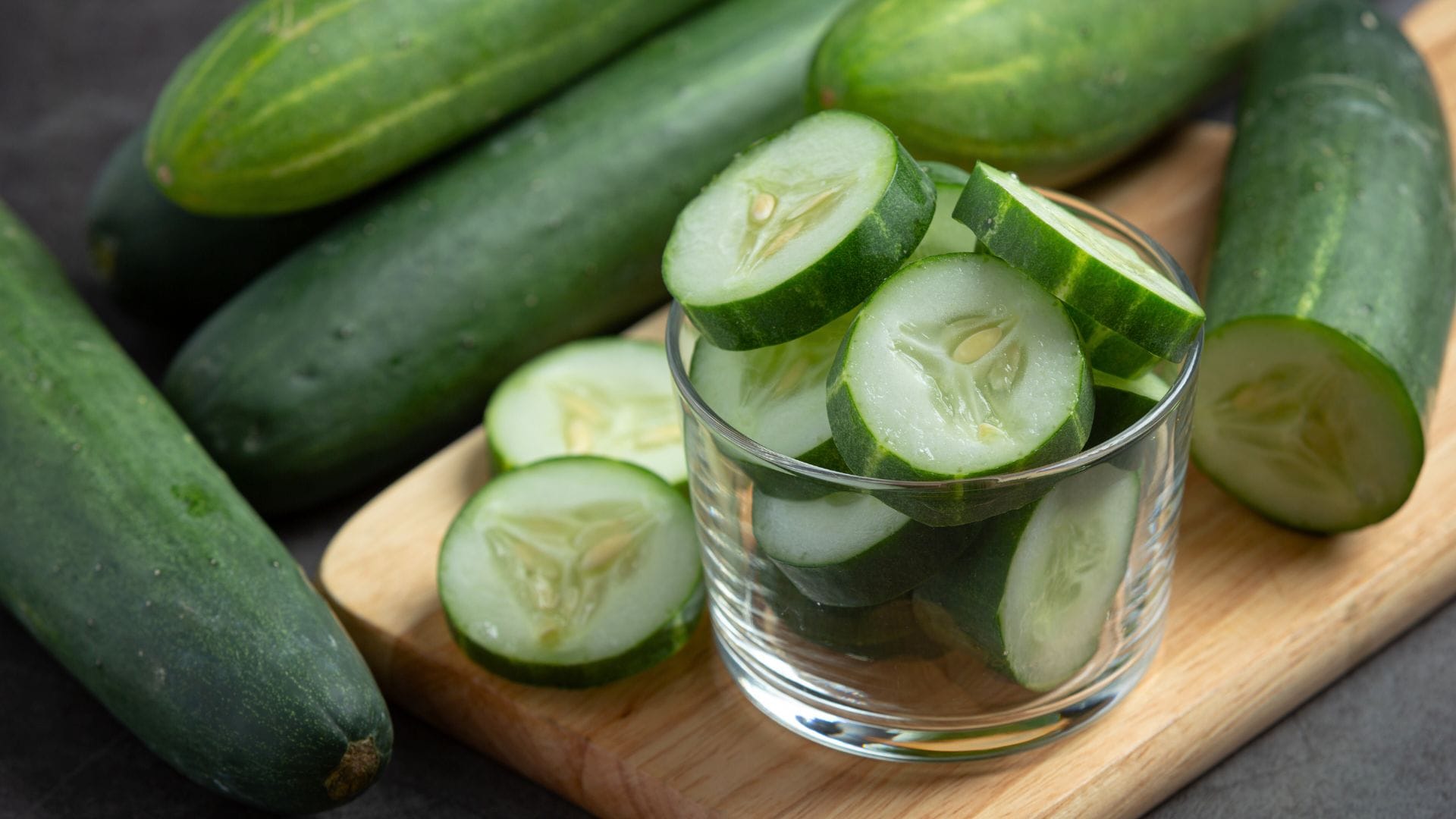
To get maximum benefits, eat the peel too. Most nutrients hide right under the skin. Wash them well, but don’t throw away the green part.
Fresh beats juiced every time. Whole cucumbers give you fiber that slows down sugar absorption. Juice hits your bloodstream too fast and loses some benefits.
A Korean study found that people who ate cucumbers daily had stronger skin barriers. Their skin held moisture better and looked healthier after just 6 weeks.
Add cucumber slices to your water for extra hydration. Eat them as snacks between meals. Your skin will thank you by looking more awake and fresh.

Oranges: Vitamin C Powerhouse
One medium orange gives you 70mg of vitamin C. That’s more than your daily requirement. But here’s why that matters for your skin.
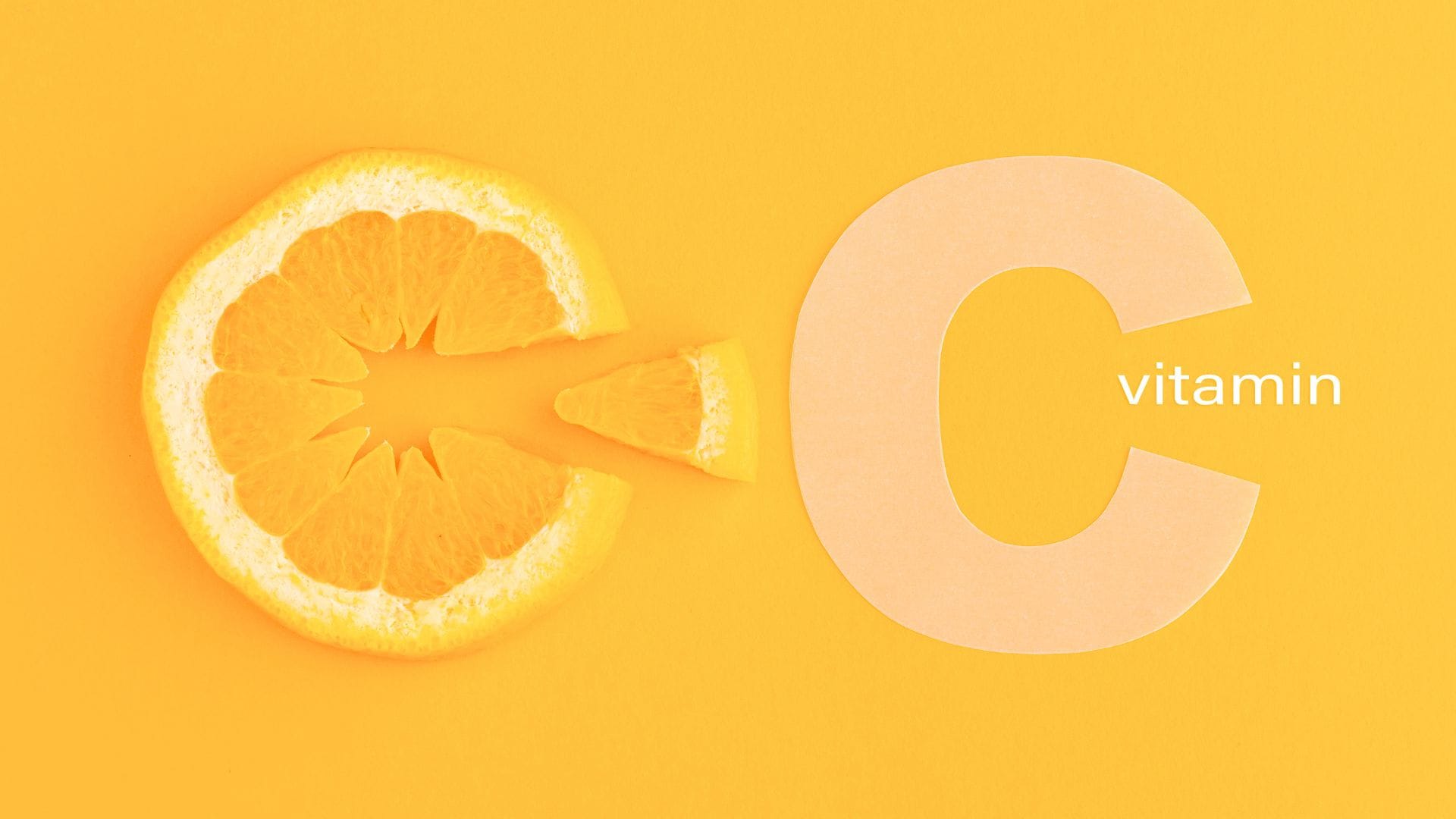
Vitamin C helps your body make collagen. No vitamin C means no new collagen. No new collagen means aging skin that can’t hold moisture.
Oranges also contain flavonoids that protect your skin from sun damage. They work like internal sunscreen, but don’t skip your regular SPF. These compounds boost your skin’s natural defenses.
Always eat whole oranges instead of drinking juice. Whole fruit comes with fiber that prevents blood sugar spikes. Juice without fiber can actually age your skin faster.
Eat your orange 30 minutes before a meal with healthy fats. The vitamin C absorbs better when paired with fats like avocado or nuts. This timing trick can double the benefits.
Research shows that 70mg of vitamin C daily can increase skin hydration by 15% in 8 weeks. That’s the amount in one medium orange. More isn’t always better – your body can only use so much at once.
Choose oranges that feel heavy for their size. Heavy means juicy. Juicy means more water for your skin. Store them in the fridge to keep vitamin levels high.
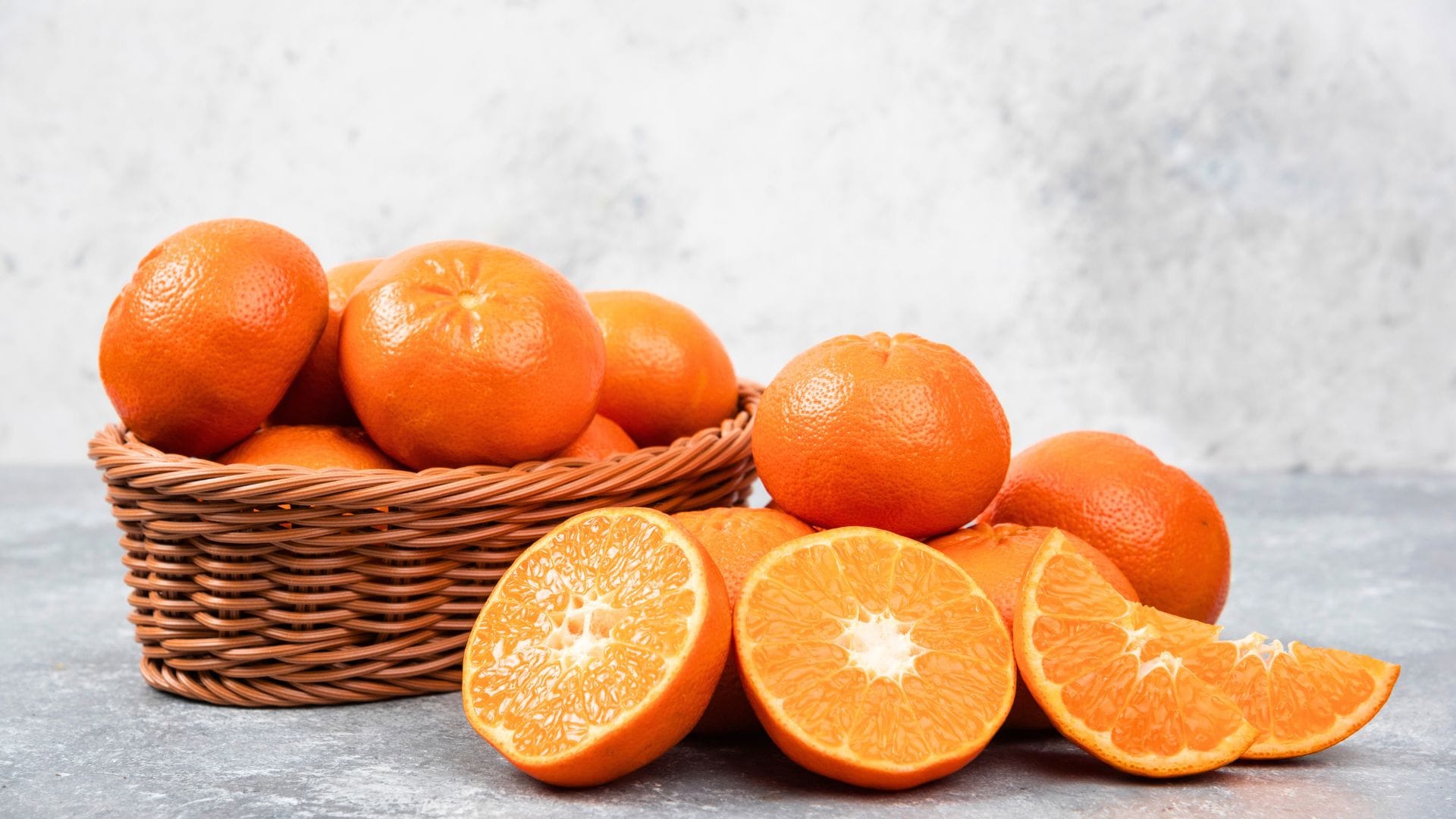
Strawberries: The Antioxidant Booster
Strawberries pack more vitamin C than oranges, pound for pound. But their secret weapon is ellagic acid, an antioxidant that helps skin cells regenerate faster.
Old skin cells make your face look dull and tired. Ellagic acid speeds up the process of making new, fresh cells. It’s like having a renewal system for your face.

These berries also contain manganese, a mineral that helps produce collagen. The vitamin C and manganese work together like a team. One builds collagen, the other protects it from damage.
Pick berries that are deep red all over. Pale or white areas mean they were picked too early. Ripe berries have more nutrients and taste better too.
Don’t wash strawberries until you’re ready to eat them. Water makes them go bad faster. Store them in the fridge with the green tops on.
Frozen strawberries work just as well as fresh ones. Sometimes they’re even better because they’re picked at peak ripeness. Add them to smoothies or let them thaw for snacking.
Eat a cup of strawberries daily for best skin results. That’s about 8 medium berries. You’ll notice softer, more even-toned skin within 3 weeks of regular eating.
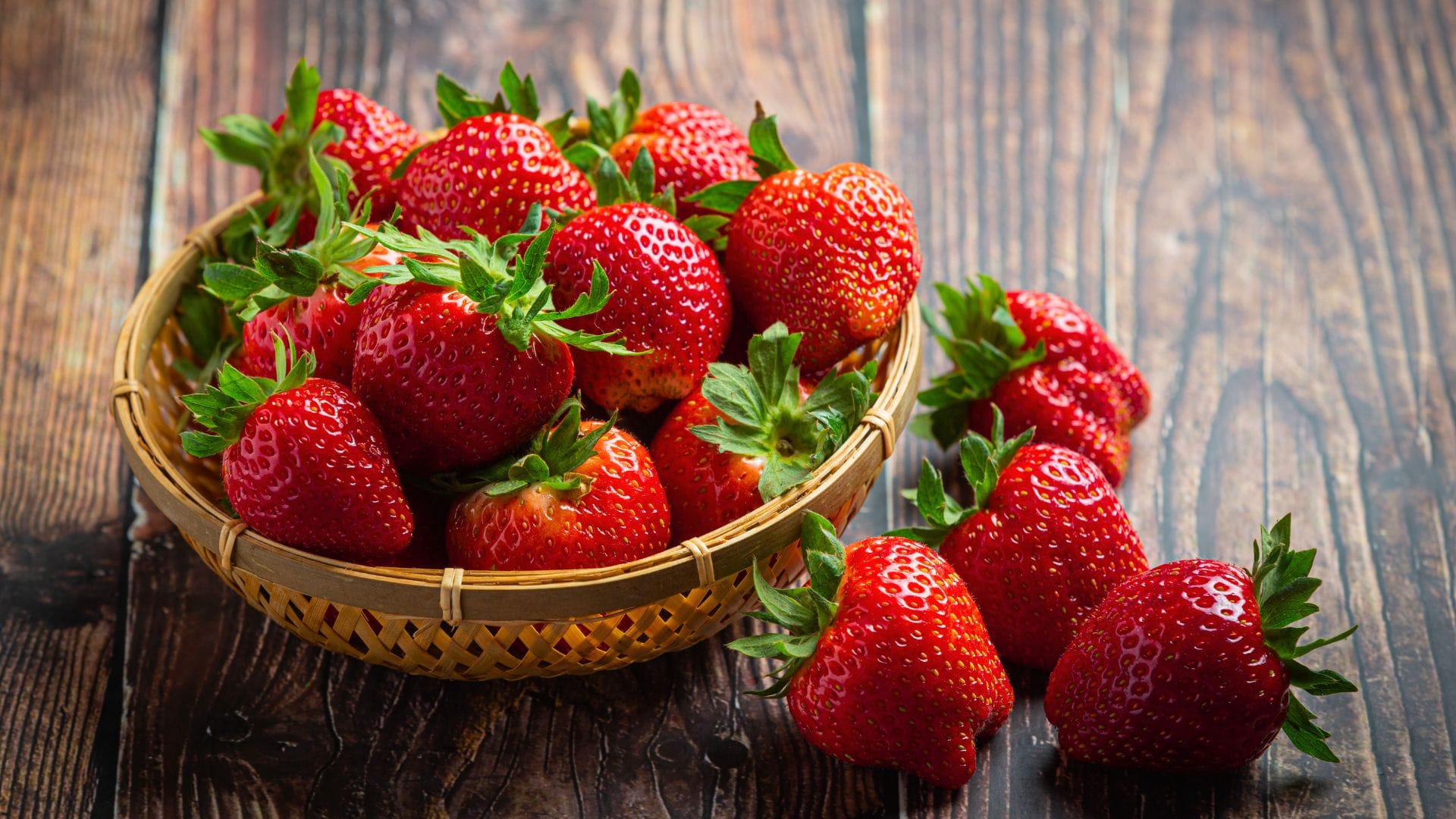
Pineapple: The Enzyme Enhancer
Pineapple contains bromelain, an enzyme that breaks down dead skin cells. It’s like having a gentle exfoliator working from inside your body.
This enzyme helps your skin renew itself faster. Faster renewal means fresher-looking skin that holds moisture better. It’s natural skin resurfacing without the irritation.
Fresh pineapple beats canned every time. Canned versions lose most of their bromelain during processing. The sugar syrup also cancels out many skin benefits.
Pineapple’s vitamin C works with manganese to build stronger collagen. This combo is rare in other fruits. The two nutrients need each other to work properly.
Eat pineapple chunks between meals for best absorption. The enzymes work better on an empty stomach. A half-cup serving gives you plenty of benefits without too much sugar.
The core contains the most bromelain, but it’s tough to eat. Blend it into smoothies instead of throwing it away. You’ll get extra enzymes without the chewy texture.
Look for pineapples that smell sweet at the bottom. If there’s no smell, it’s not ripe yet. Ripe pineapples have the most nutrients and taste the best too.
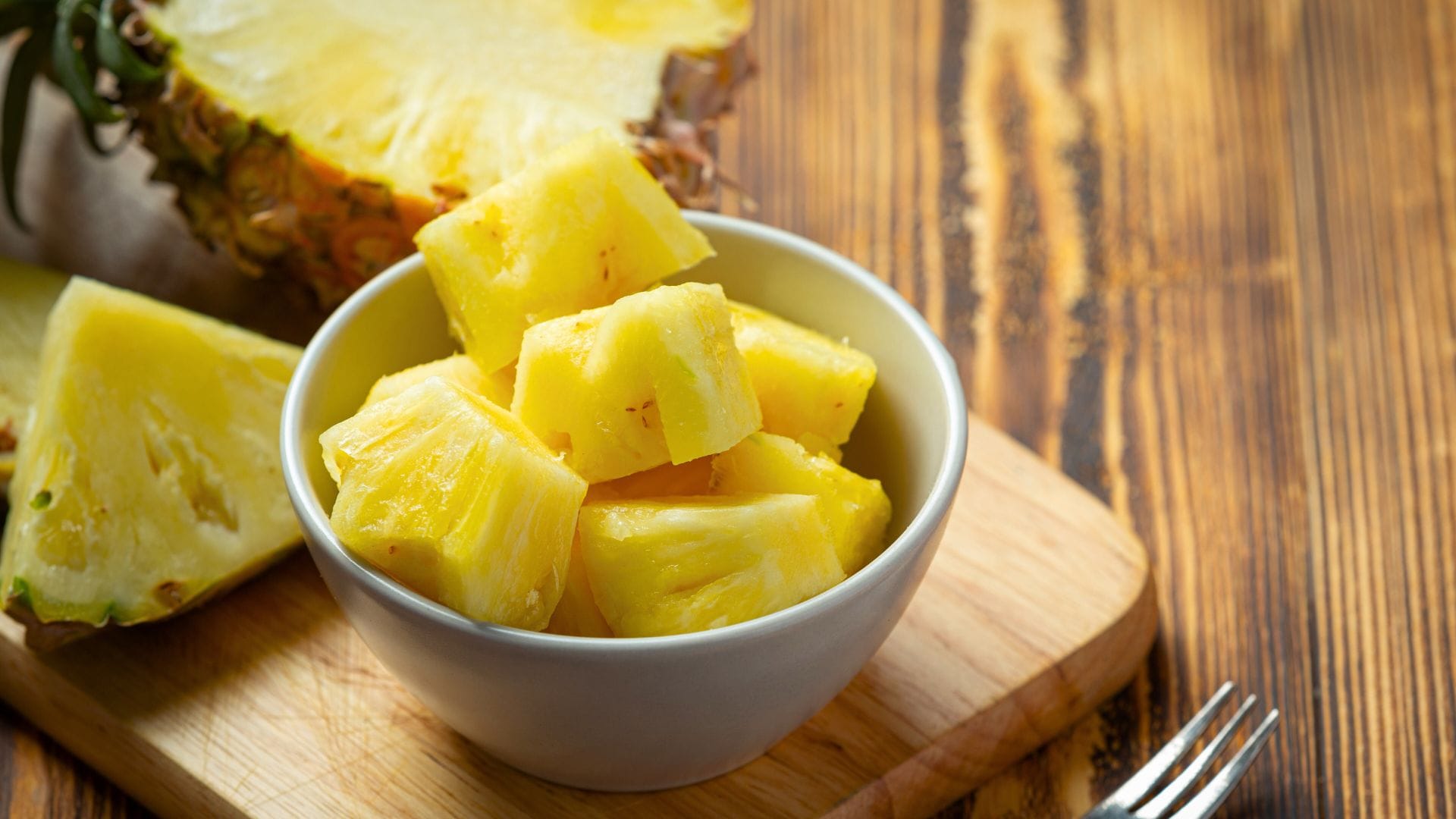
How to Maximize Hydrating Benefits
Most people eat fruits for skin hydration but do it wrong. They waste half the benefits without knowing it. Here’s how to get the most from every bite.
Timing matters more than you think. Eat watermelon 30 minutes before meals, not after. Your stomach absorbs nutrients better when it’s empty. After meals, your digestive system is busy with other foods.
Pair vitamin C fruits with healthy fats for better absorption. Eat strawberries with almonds. Have oranges with avocado slices. The fat helps your body grab more nutrients from the fruit.
Never wash berries until you eat them. Water makes them spoil faster and washes away protective compounds. Store all fruits in the fridge to keep nutrients strong.
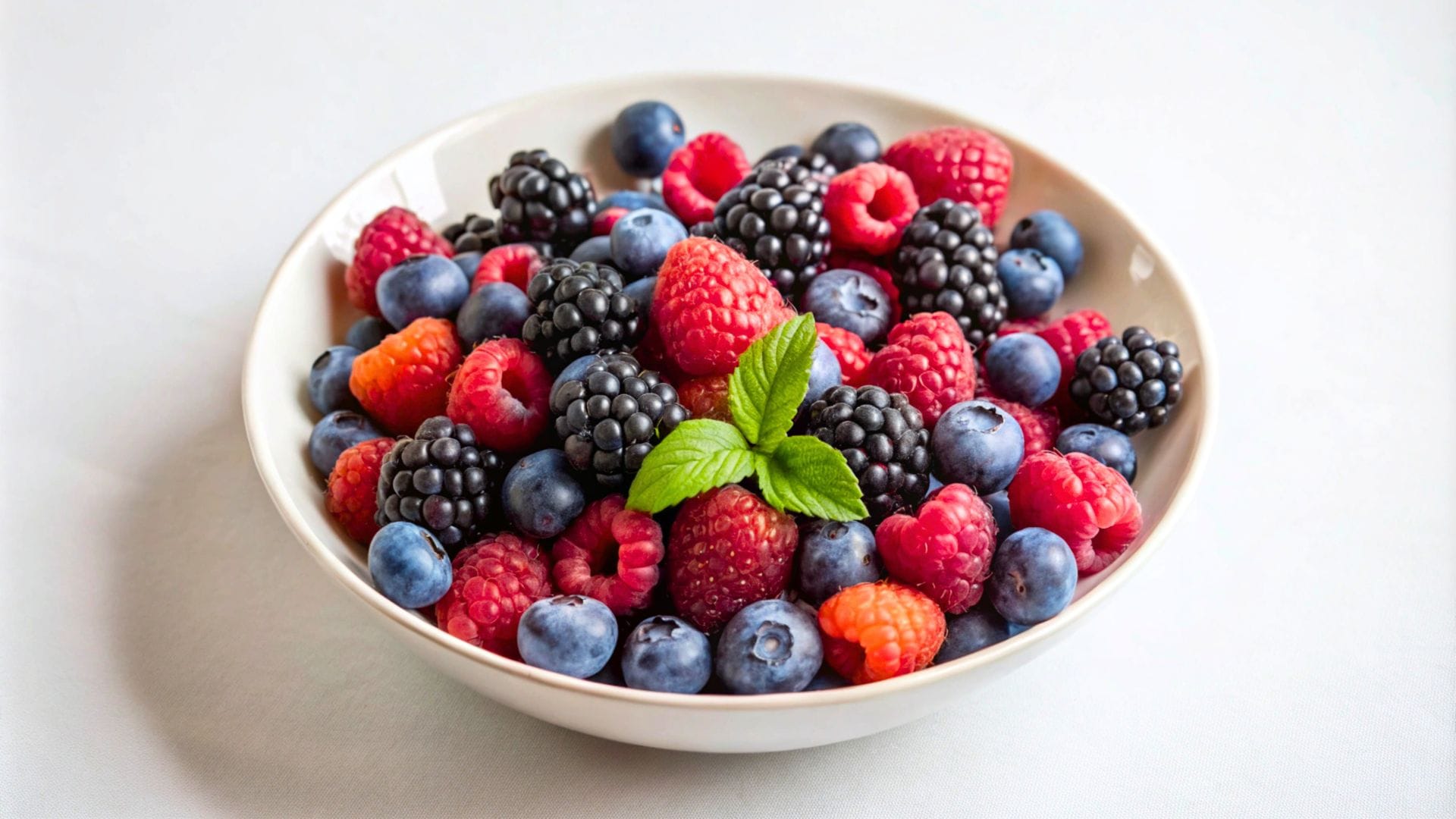
Watch for these signs that your skin hydration is improving: Your face feels less tight in the morning. Makeup goes on smoother. Small lines around your eyes look softer. These changes start showing up in 10-14 days.
Here’s what kills your results: Eating fruits with sugary foods. The sugar blocks nutrient absorption. Drinking alcohol regularly also dehydrates your skin faster than fruits can help.
Store cut fruits in glass containers, not plastic. Plastic can leach chemicals that interfere with skin benefits. Glass keeps fruits fresh longer and preserves more nutrients.
Skip fruit if you’re taking blood thinners. Some fruits can interact with medications.
Creating Your Daily Hydrating Fruit Routine
You know which fruits help your skin. But how do you actually eat them every day without breaking the bank or wasting time?
Prep on Sundays for the whole week. Wash and cut watermelon into grab-and-go containers. Pre-portion strawberries into daily servings. This saves you 20 minutes each morning.
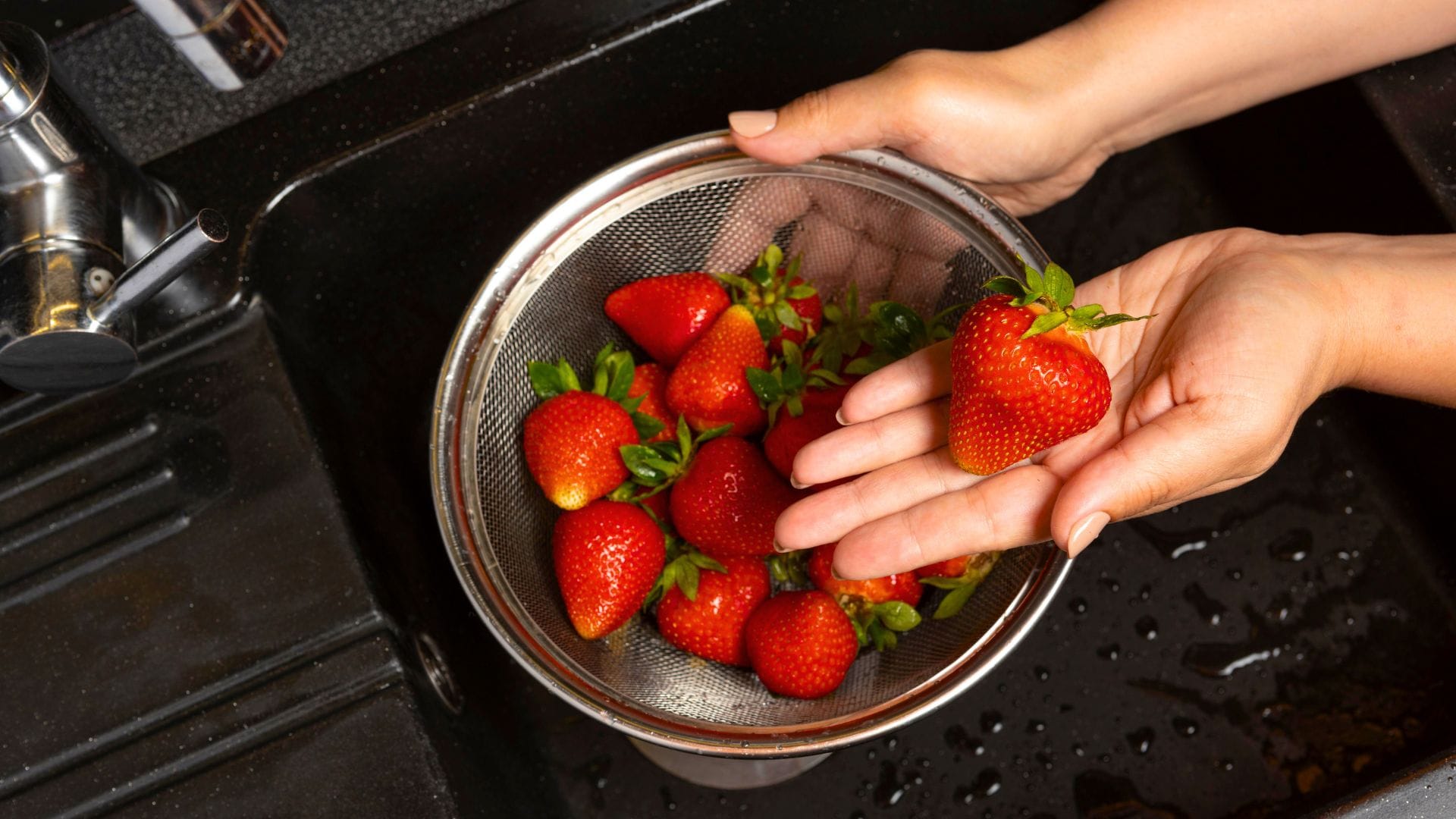
Buy seasonal fruits to save money. Watermelon costs less in summer. Oranges are cheaper in winter. Frozen strawberries work year-round and often cost half the price of fresh ones.
Here’s your simple 7-day rotation: Monday and Thursday – watermelon. Tuesday and Friday – oranges with nuts. Wednesday and Saturday – strawberry smoothies. Sunday – fresh pineapple chunks.
Track your progress with phone photos. Take a selfie on day one, then weekly shots. You’ll see changes you might miss in the mirror. Note how your skin feels each morning too.

Shop smart with this list: 1 small watermelon, 6 oranges, 2 cups strawberries, 1 fresh pineapple, 1 cucumber. This covers two weeks for about $15 at most stores.
Mix fruits into meals you already eat. Add berries to morning oats. Slice oranges into salads. Blend pineapple into yogurt. Small changes create big skin improvements.
Conclusion
Your kitchen holds five powerful hydrating fruits for skin that work better than expensive creams. Watermelon floods your cells with water and collagen-building nutrients. Cucumbers strengthen your skin’s structure while cooling inflammation.
Oranges pump your face full of vitamin C for firmer, more elastic skin. Strawberries speed up cell renewal with antioxidants that make you glow. Pineapple gently removes dead skin cells from the inside out.
These aren’t magic bullets. But they work from where your skin problems actually start – inside your body. Most people see real changes in 2-4 weeks of daily eating.
You don’t need all five fruits at once. That’s overwhelming and expensive. Pick one fruit that sounds good to you right now. Eat it daily for two weeks.
Watch your skin get softer, plumper, and more alive. Then add a second fruit if you want even better results.
Start with just one of these hydrating fruits daily and watch your skin transform naturally. Your face will thank you for feeding it from within instead of just treating the surface.

